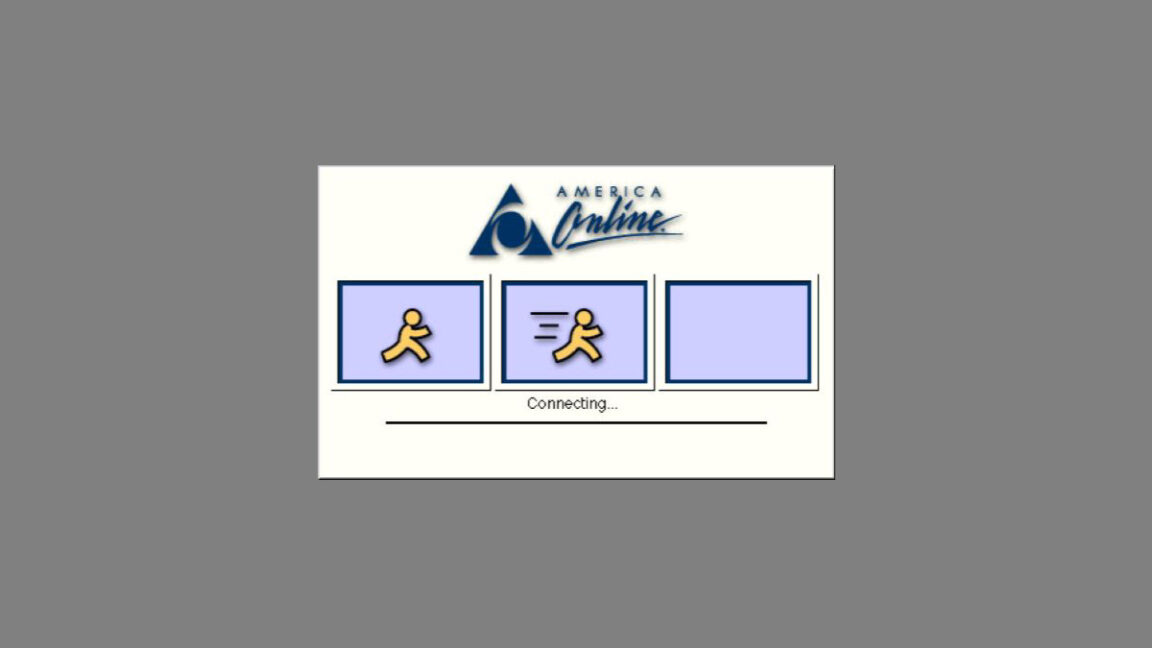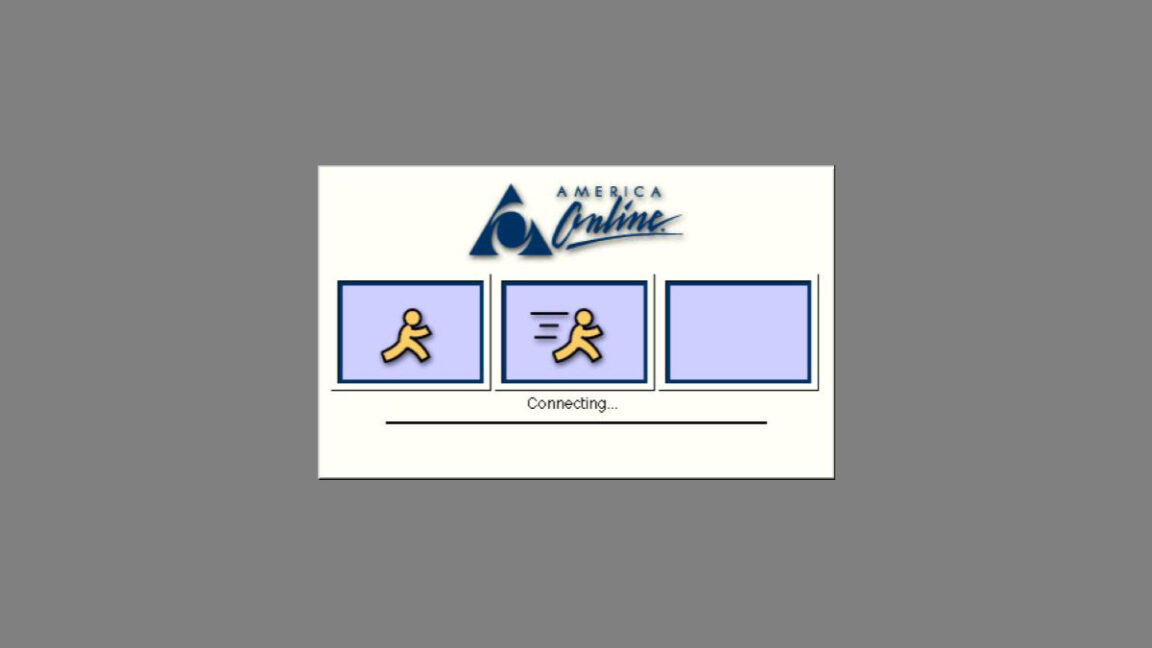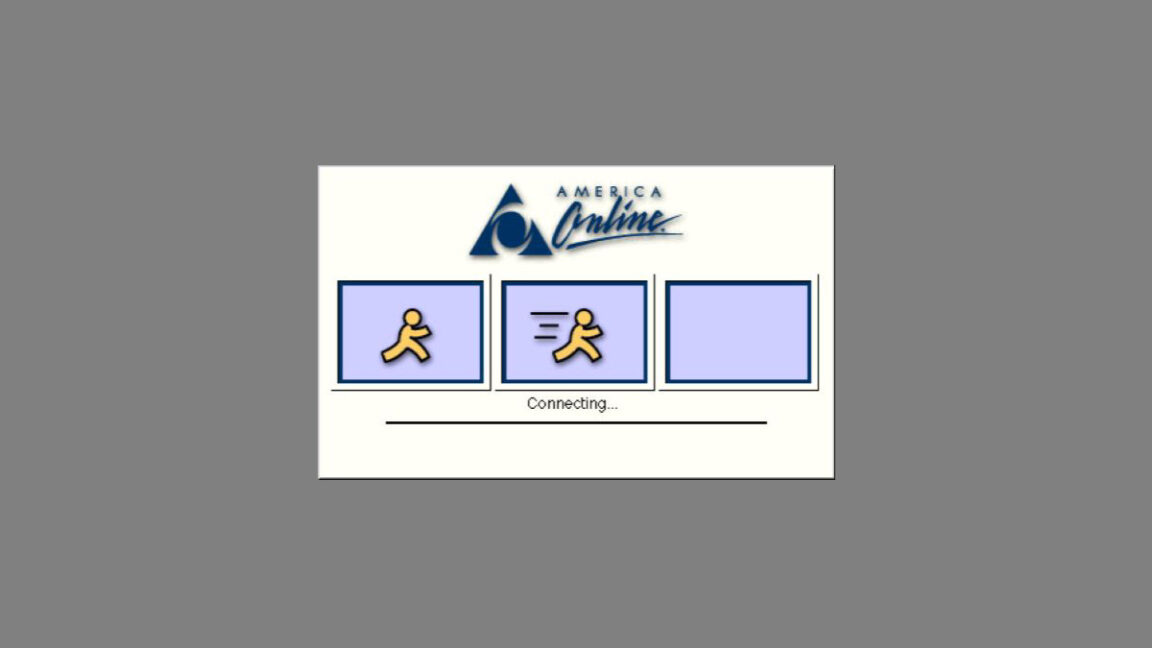AOL to Shut Down Dial-Up Internet Service: End of an Era

After years of serving as the gateway to the World Wide Web for millions, AOL has announced that it will shut down its dial-up modem service on September 30, 2025. The closure marks the end of technology that connected Americans through telephone lines beginning in the early 1990s.
In an official message, AOL stated: "AOL routinely evaluates its products and services and has decided to discontinue Dial-up Internet. This service will no longer be available in AOL plans." Additionally, AOL revealed plans to retire the AOL Dialer software and Shield browser, both optimized for older operating systems and slower connections.
Launched as "America Online" in 1991, AOL's dial-up service initially functioned as a commercial online service before providing true Internet access in 1994. Back then, the World Wide Web was a fledgling digital space with small, image-free sites and limited bandwidth.
At its peak in the early 2000s, AOL supported over 25 million subscribers. However, as broadband became more widespread, reliance on dial-up diminished. Today, roughly 175,000 American households, many in rural areas lacking broadband infrastructure, still use dial-up connections.
While dial-up fades away, these users face limited alternatives. Satellite Internet serves millions but comes with data caps and high latency. Broadband options, including DSL, cable, and fiber-optic, require costly infrastructure investments that can be prohibitive in sparsely populated areas.
The retirement of AOL's dial-up service emphasizes the digital divide in the US—where urban areas enjoy modern Internet, some rural communities remain stuck with 1990s technology. A dial-up connection's average speed of 0.056 megabits per second pales in comparison to modern fiber connections offering 500 Mbps or more.
The discontinuation of dial-up may lead some users to explore satellite or cellular services despite higher costs, or result in a total loss of Internet access for others. For these users, the shutdown is more than the loss of a service; it's the fading away of a touchstone in America's early Internet experience.


